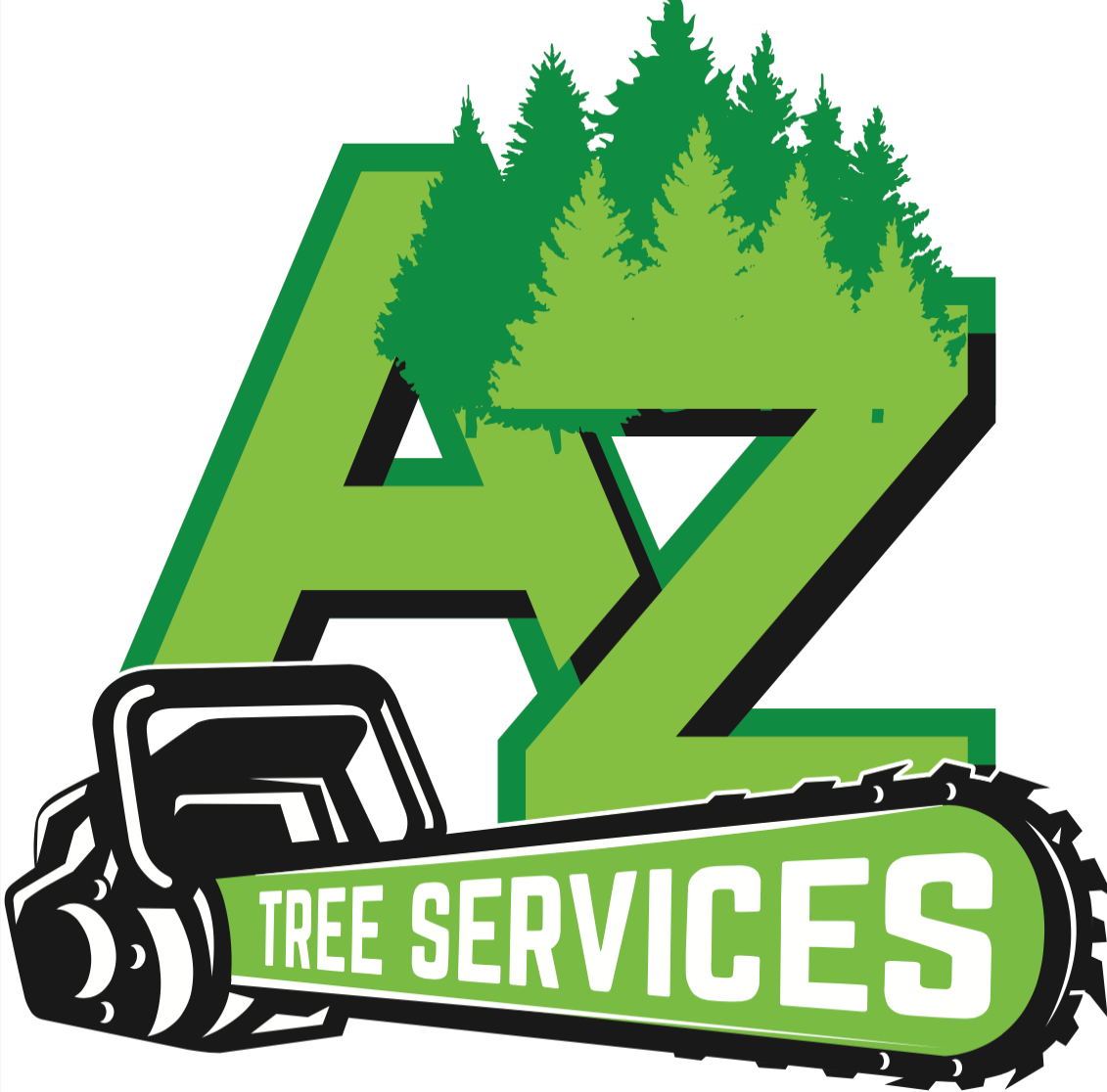Tree Trimming
Transform Your Trees, Elevate Your Landscape
Do you have a tree or shrub in need of trimming? Whether you are looking for a one time trim or a routine maintenance plan, our professionals at A-Z Tree Services are here to make your landscape look its best! Contact us today for a free estimate on our tree trimming services.
What types of trees and shrubs need to be trimmed?
When it comes to tree and shrub maintenance, there are several common species that often require trimming to promote healthy growth and maintain their desired shape. Here are a few examples:
- Palm Trees: In Florida, Palm Trees are very common in residential and commercial landscapes and require frequent trimming. Trimming your Palm Trees improves their aesthetics, protects from falling dead branches, and promotes health and growth.
- Evergreen Trees: Popular evergreen trees such as pine, spruce, and fir often benefit from regular trimming to remove dead or diseased branches, maintain a balanced shape, and prevent overcrowding.
- Deciduous Trees: Common deciduous trees like maple, oak, and birch may require pruning to remove deadwood, improve airflow, and enhance their overall appearance. Trimming during the dormant season is typically recommended for these trees.
- Hedge Shrubs: Shrubs like boxwood, privet, and yew are often used for creating hedges or borders. Regular trimming helps maintain a neat and tidy appearance, encourages dense growth, and promotes healthy foliage.
- Flowering Shrubs:
Many flowering shrubs, including roses, hydrangeas, and lilacs, benefit from selective pruning to remove spent blooms, shape the plant, and stimulate new growth. Timing and techniques may vary depending on the specific species.
Remember, proper trimming techniques and timing are crucial to ensure the health and vitality of your trees and shrubs. Consult our professionals at A-Z Tree Services today for more information.
Why should you have your trees trimmed?
- Promote Tree Health: Regular tree trimming helps remove dead or diseased branches, preventing the spread of infections and improving overall tree health. It allows for better air circulation and sunlight penetration, promoting growth and reducing the risk of pests and diseases.
- Safety First: Overgrown branches can pose a safety hazard, especially during storms or high winds. Trimming helps eliminate weak or damaged branches that could potentially fall and cause damage to property or harm people.
- Aesthetics and Curb Appeal: Well-maintained trees enhance the visual appeal of your property. Trimming helps shape the tree, removing any unsightly or overgrown branches, and creating a more pleasing and balanced appearance.
- Encourage Fruit Production: If you have fruit-bearing trees, regular trimming can improve fruit production by allowing more sunlight to reach the inner branches and promoting better airflow.
- Prevent Utility Interference: Trees growing too close to power lines or utility cables can pose a significant risk. Trimming ensures that branches are kept at a safe distance, reducing the chances of power outages or damage to utility infrastructure.
